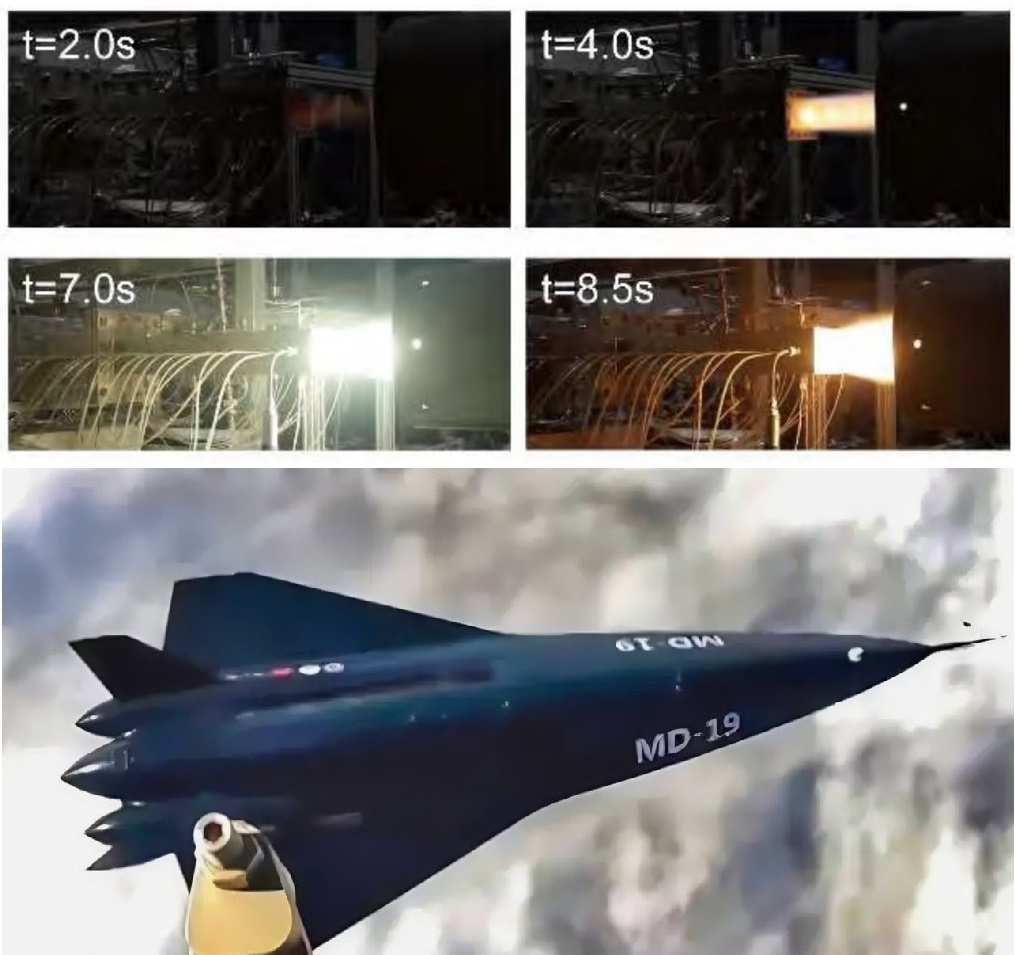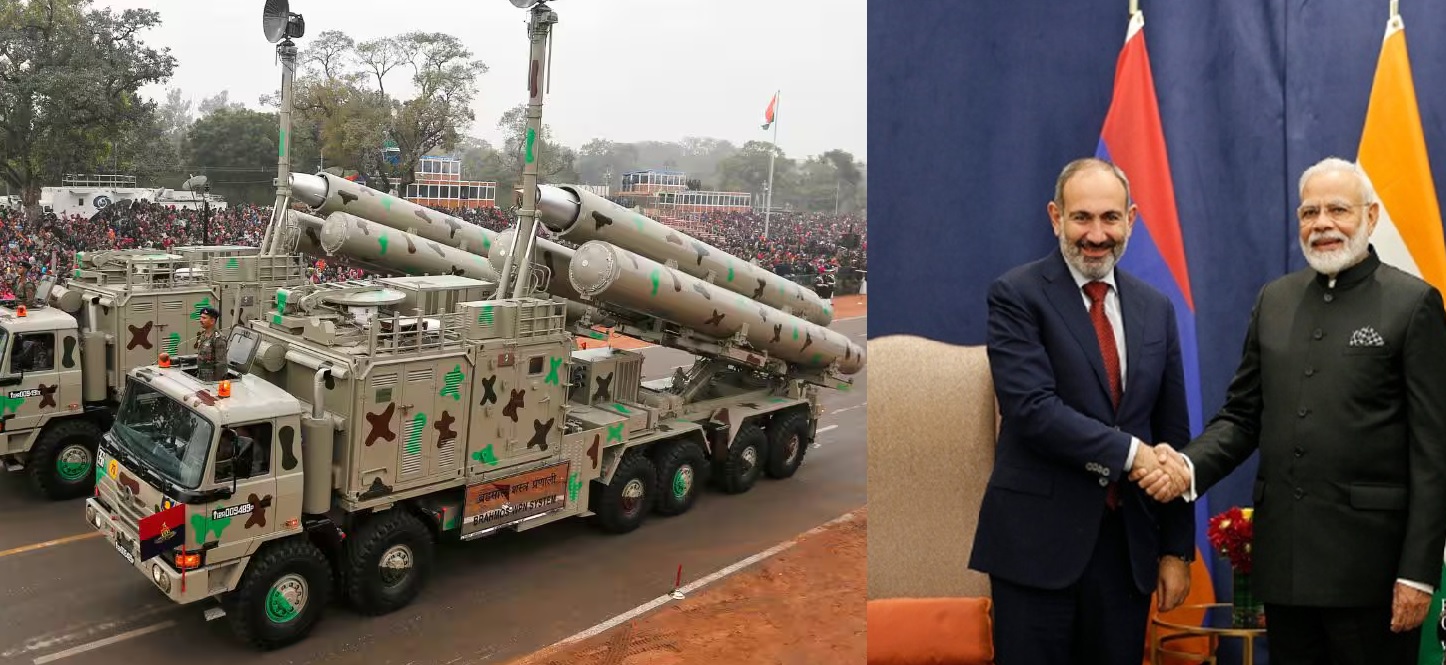Taiwan to Receive First Two U.S.-Made MQ-9B SkyGuardian Drones by Late 2026

Taiwan’s Air Force has confirmed that its first two U.S.-made MQ-9B SkyGuardian unmanned aerial vehicles (UAVs) will arrive in the third quarter of 2026, with the remaining two scheduled for 2027. The timeline was reaffirmed in briefings to Taiwan’s Legislative Yuan and matches earlier projections made by U.S. defense officials, marking a steady progression in one of Taipei’s most significant intelligence, surveillance, and reconnaissance (ISR) programs in years.
A Key Delivery in Taiwan’s 2026 Defense Schedule
The MQ-9B acquisition forms part of Taiwan’s broader modernization effort aimed at improving early warning, reconnaissance, and precision strike coordination across its armed forces. The schedule of deliveries coincides with several other U.S. equipment programs expected in 2026, including new coastal defense cruise missiles and air defense system components, which together help offset delays in other modernization initiatives.
According to multiple defense sources, the $250 million contract, facilitated through the U.S. Air Force under Foreign Military Sales (FMS), covers four MQ-9B SkyGuardian UAVs, two certifiable ground control stations (GCS), and associated logistics, training, and maintenance support packages. The contract also includes sensor integration, data links, and mission system software, ensuring that the Taiwanese fleet is fully interoperable with U.S. and allied intelligence networks.
Expanding Taiwan’s Eyes Over the Sea
The MQ-9B SkyGuardian, developed by General Atomics Aeronautical Systems, represents one of the world’s most advanced medium-altitude, long-endurance (MALE) drones. It is a variant of the combat-proven MQ-9 Reaper, but redesigned for international customers with enhanced endurance and civil airspace certification standards.
For Taiwan, the system’s primary role will be persistent maritime surveillance—tracking Chinese naval movements across the Taiwan Strait, Bashi Channel, and South China Sea approaches. Each drone can remain airborne for over 40 hours, cover vast swathes of ocean, and transmit real-time imagery and radar data back to Taiwan’s joint command centers.
The MQ-9B will integrate with Taiwan’s existing radar and sensor networks, giving the Republic of China Air Force (ROCAF) and Navy Command a clearer picture of surface and aerial activity near the island. Defense observers note that this ISR upgrade will be crucial as China expands naval patrols and deploys more advanced aircraft and unmanned systems around Taiwan’s air defense identification zone (ADIZ).
Technical Highlights of the MQ-9B SkyGuardian
-
Endurance: 40+ hours
-
Operational Ceiling: 40,000 feet
-
Range: Over 6,000 nautical miles with satellite link
-
Speed: Up to 210 knots
-
Payload Capacity: 2,155 kg (external + internal)
-
Sensor Suite: Multi-spectral targeting system (EO/IR), maritime surveillance radar, synthetic aperture radar (SAR), and signals intelligence modules.
Though the current deal focuses on surveillance, the SkyGuardian can be configured for precision strike missions if armed in future upgrades—though Taiwan’s current purchase is understood to be for unarmed ISR variants.
The Broader Package and Support Framework
Alongside the UAVs, Taiwan’s contract includes training for operators and maintenance personnel, spare parts, and a technical support package. Two ground control stations will be established—likely one in southern Taiwan near Kaohsiung for maritime operations and another in the north for strategic monitoring of the Strait.
Taiwan’s Ministry of National Defense has also coordinated with General Atomics for potential data-sharing and integration with existing U.S. Pacific Command systems, allowing real-time coordination in contingency scenarios.
Strategic Significance and Regional Implications
Analysts view the MQ-9B acquisition as a strategic intelligence multiplier rather than merely a new asset. With endurance extending far beyond manned patrol aircraft, Taiwan’s forces will gain the ability to maintain continuous watch over key maritime corridors, detect naval movements early, and direct response assets with greater precision.
In the context of growing Chinese pressure—both militarily and politically—the addition of the SkyGuardian represents a quiet but transformative shift in Taiwan’s situational awareness. It enables Taipei to build a resilient ISR web that can feed targeting data to long-range missiles and air defense systems, improving deterrence without overt escalation.
By 2027, Taiwan will operate a four-strong fleet of MQ-9B SkyGuardians, supported by U.S.-supplied ground infrastructure and logistics. While modest in number, the acquisition signals a strategic deepening of U.S.-Taiwan defense cooperation and an essential step toward autonomous, persistent surveillance in one of the world’s most contested airspaces.
As one Taiwanese defense official put it during a recent legislative session:
“With these systems, Taiwan will see what it could only imagine before—longer, wider, and clearer than ever.”
✍️ This article is written by the team of The Defense News.






